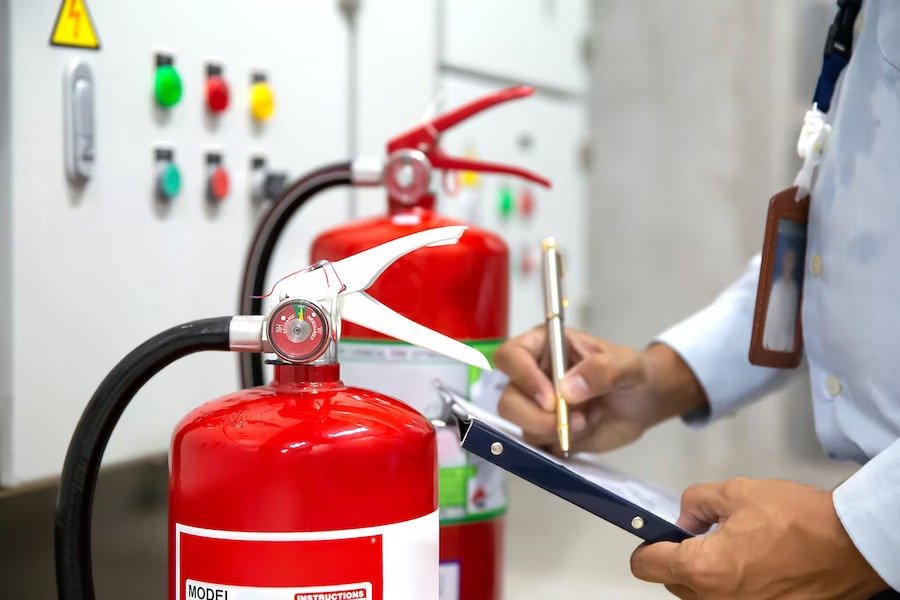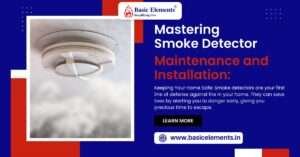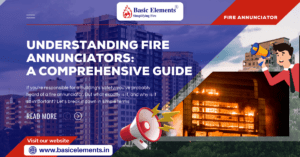Regular Fire Extinguisher Inspection Checklist are crucial for ensuring the safety and preparedness of any facility. Fire extinguishers are the first line of defense against small fires, and their proper functioning can mean the difference between containing a minor incident or facing a devastating blaze.

Thorough inspections should be conducted monthly to check for any physical damage, leaks, or obstructions that could prevent the extinguisher from operating correctly. The pressure gauge should be in the operable range, and the pull pin and tamper seal must be intact. Additionally, the extinguisher should be easily accessible and properly mounted with clear operating instructions.
Annual maintenance by a certified professional is also essential. During this service, the extinguisher is discharged, inspected internally, and recharged with the appropriate extinguishing agent.
This process ensures the extinguisher is fully functional and compliant with local fire codes and regulations. Regular inspections and maintenance not only protect against potential fire hazards but also help extend the lifespan of the fire extinguishers, ultimately saving costs associated with frequent replacements.
Moreover, having well-maintained fire safety equipment demonstrates a commitment to the safety of employees, customers, and property, providing peace of mind and potentially mitigating legal liabilities.
Monthly Fire Extinguisher Inspection Checklist

The monthly inspection process involves the following steps:
Fire extinguishers should be inspected monthly to ensure they are in proper working condition and readily accessible in case of an emergency.
1. Visual Inspection: Check for any physical damage, corrosion, leakage, or obstructions that could impair the extinguisher’s operation. Ensure the safety pin and tamper seal are intact.
2. Pressure Check: Verify that the pressure gauge reading is within the recommended range. The needle should be in the green zone, indicating the extinguisher is properly pressurized.
3. Accessibility: Ensure the extinguisher is mounted in a conspicuous location, clearly visible, and easily accessible. The path to the extinguisher should be free from obstructions, and the operating instructions should be legible.
4. Documentation: Record the inspection date, extinguisher location, and any issues or maintenance required on the inspection log or tag attached to the extinguisher.
Regular monthly inspections are crucial to maintain fire extinguishers in good working order and ensure they are readily available in the event of a fire. Promptly address any deficiencies or issues identified during the inspection to ensure the safety of the premises and occupants.
Annual Fire Extinguisher Maintenance and Inspection

Annual fire extinguisher maintenance and inspection are crucial for ensuring the proper functioning and safety of these life-saving devices. Regular maintenance helps identify any potential issues and ensures that the fire extinguishers are ready for use in case of an emergency. The annual inspection process typically involves a thorough visual examination of the fire extinguisher, checking for any signs of damage, corrosion, or leaks.
The pressure gauge is also checked to ensure that the extinguisher is properly pressurized. If the pressure is low, the extinguisher may need to be recharged or replaced. In addition to the visual inspection, the annual maintenance process may also involve conducting a hydrostatic test on certain types of fire extinguishers. This test is designed to check the structural integrity of the cylinder and ensure that it can withstand the pressure required for proper operation.
Upon successful completion of the inspection and maintenance procedures, the fire extinguisher will be certified and labeled with the date of the next required service. This certification ensures compliance with local fire codes and regulations, and provides peace of mind knowing that the fire extinguishers are in proper working condition.
Regular fire extinguisher maintenance and inspection are essential for maintaining a safe environment and minimizing the risk of fire-related incidents. By adhering to these critical procedures, businesses and organizations can ensure the safety of their employees, customers, and property.
Identifying Common Fire Extinguisher Issues and How to Address Them Proper maintenance and regular inspections are crucial for ensuring fire extinguishers are in working order when needed.
Common issues that may arise include leaks, damage to the extinguisher body or components, and expired or depleted extinguishing agents. Addressing these problems promptly is essential for maintaining fire safety.
Leaks can occur due to damaged seals, valves, or hoses, and should be repaired or the extinguisher replaced. Physical damage, such as dents or cracks, can compromise the extinguisher’s integrity and necessitate replacement.
Additionally, extinguishers have a limited lifespan, and the extinguishing agent may need to be recharged or the entire unit replaced after its expiration date. If an extinguisher has been partially or fully discharged, it must be refilled or replaced immediately.
Attempting to use a depleted extinguisher in an emergency situation can be dangerous and ineffective. Regular inspections, conducted by trained professionals, can help identify these issues before they become critical. By promptly addressing any problems with fire extinguishers, businesses and households can ensure they have reliable and effective fire protection equipment on hand in case of an emergency.
Neglecting maintenance or ignoring issues can put lives and property at risk, so it’s essential to prioritize fire extinguisher upkeep.
Implementing a Comprehensive Fire Extinguisher Inspection Program
A comprehensive fire extinguisher inspection program is crucial for ensuring the safety of any facility and its occupants.
This program should encompass the following key components:
Fire Extinguisher Inspection Log: Maintain a detailed log that records the inspection date, location, type of extinguisher, and any issues identified or maintenance performed. This log serves as documentation for compliance and helps track the condition of each extinguisher over time.
Fire Extinguisher Inspection Schedule: Develop a systematic schedule for inspecting all fire extinguishers within the facility. This schedule should adhere to local fire codes and regulations, typically requiring monthly visual inspections and annual maintenance checks by a certified professional.
Fire Extinguisher Inspection Training: Provide regular training to designated personnel responsible for conducting inspections. This training should cover proper inspection techniques, identification of potential issues, and the appropriate actions to take when deficiencies are found.
Fire Extinguisher Inspection Compliance: Ensure compliance with all applicable fire codes, regulations, and industry standards related to fire extinguisher inspections. This includes adhering to inspection frequencies, record-keeping requirements, and employing qualified personnel or third-party service providers when necessary.
By implementing a comprehensive fire extinguisher inspection program, facilities can proactively identify and address any issues with their fire extinguishers, ensuring they are in proper working condition and readily available in case of an emergency.
Regular inspections, accurate record-keeping, and compliance with regulations help mitigate the risk of fire-related incidents and protect the safety of occupants and property.
Thank you for reading







Comments are closed.